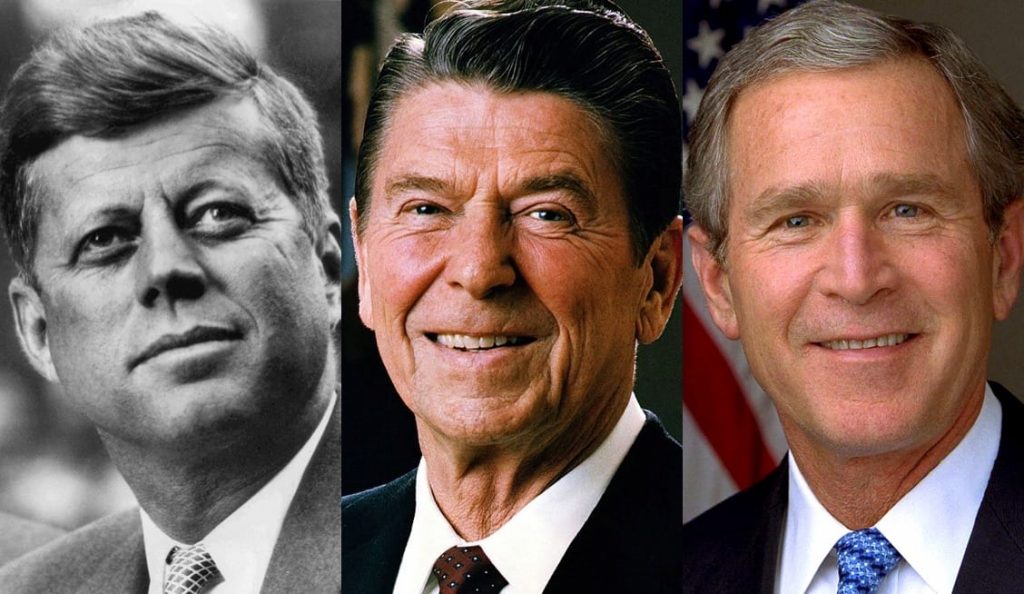 A project of Job Creators Network
A project of Job Creators Network


Along with the passage and implementation of the Tax Cuts and Jobs Act, there has been some skepticism in the main stream media of whether the financial relief will trickle down to Main Street. To answer that question, we don’t need to look further than the past.
Below are three examples of how past tax cuts packages have led to economic growth and job creation:
Similar job creation and economic expansion that occurred because of these past tax cuts are bound to happen again. In fact, over two million Americans have already benefited and are proof that the legislation is working.
Thank you members of Congress who voted for the bill and the Administration for delivering the promise of tax relief to hard-working Americans and entrepreneurs.